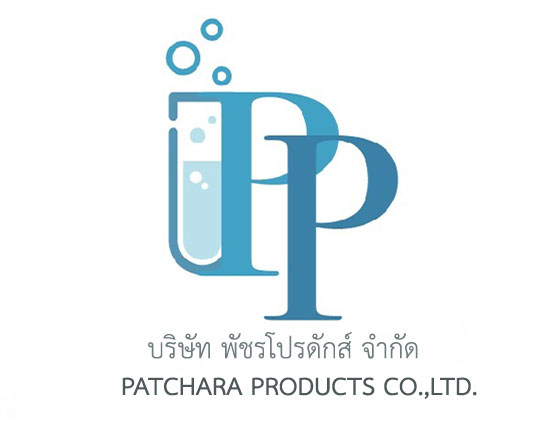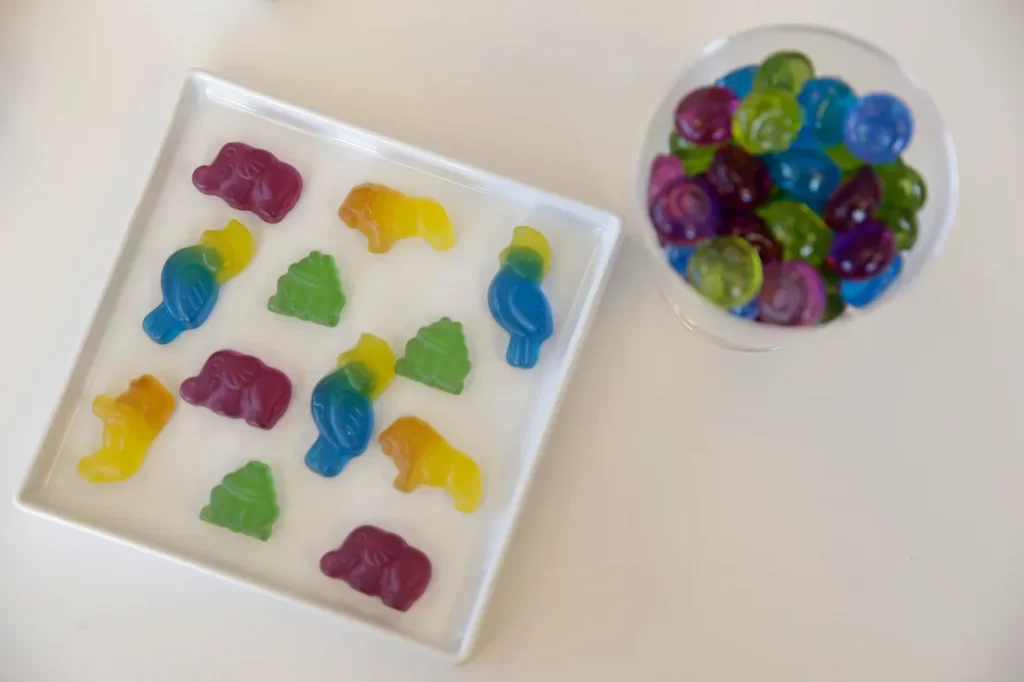As artificial food dyes are becoming increasingly restricted at state and federal levels, some manufacturers are looking to switch to natural dyes to color their food products.
US Food and Drug Administration Commissioner Dr. Marty Makary announced in an April 22 briefing that the agency plans to work with industry to phase out the use of petroleum-based synthetic dyes in the US food supply.
Those dyes are commonly used to make food and beverage products brightly colored and more appealing to consumers. They include red No. 40, yellow No. 5 and No. 6, blue No. 1 and No. 2, and green No. 3.
Natural food dyes, which could replace them, are derived from vegetables, fruits, animals and minerals, according to the FDA.
Makary’s announcement is the latest move in the push to get food companies to stop using artificial dyes due to concerns about negative impacts on animal and human health — including increased risk of cancer and neurobehavioral issues.
The FDA also soon aims to authorize four new natural colorants and fast-track the review of others, including Galdieria extract blue, gardenia blue, butterfly pea flower extract and calcium phosphate.
“The FDA is asking food companies to (voluntarily) substitute petrochemical dyes with natural ingredients for American children,” Makary said in a news release. “… Given the growing concerns of doctors and parents about the potential role of petroleum-based food dyes, we should not be taking risks and do everything possible to safeguard the health of our children.”
The movement to ban artificial dyes
The FDA announcement follows significant shifts in the legal landscape around food additives over the last two years. California banned red No. 3 statewide in October 2023, followed by a ban of six other common dyes in school foods in August.
The FDA banned red No. 3 in January, effective for food on January 15, 2027, and for drugs on January 18, 2028 — but the agency is now asking food companies to eliminate the dye sooner. And in March, West Virginia passed the most sweeping law thus far, prohibiting seven dyes and two preservatives.
Read more at https://edition.cnn.com/2025/04/30/health/natural-food-dyes-artificial-bans-wellness

